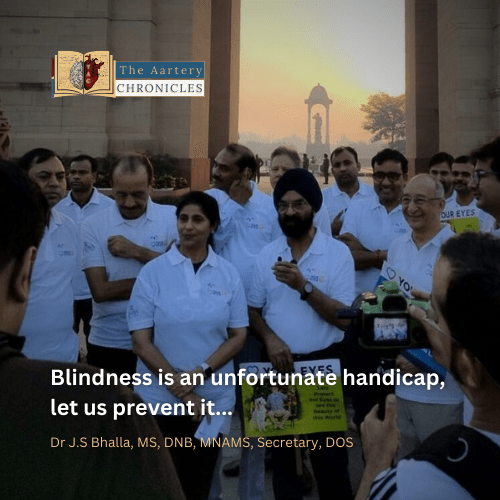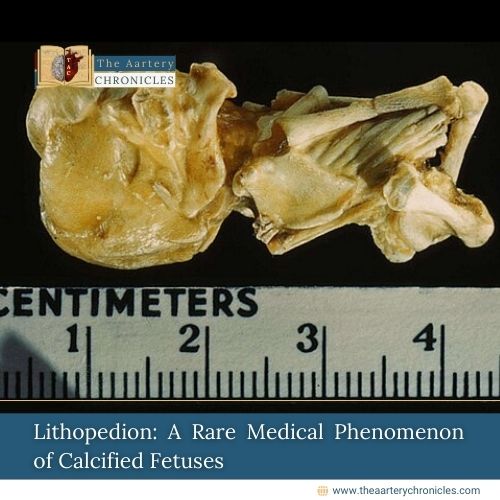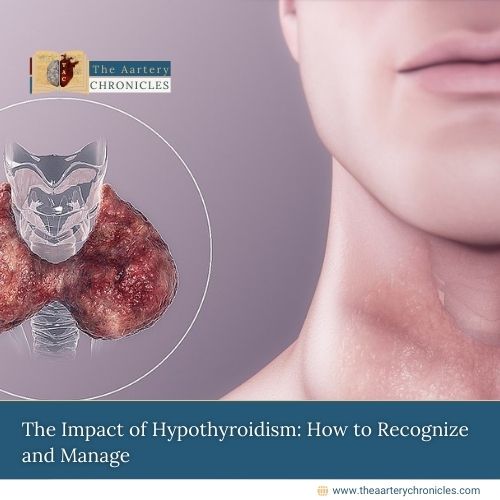

Want to Stop Overeating? Change How You Eat
A new study from Fujita Health University highlights a simple but potentially powerful insight: the type of meal and how it’s eaten may influence eating behavior more than the order in which the food is consumed. The research found that meals requiring utensils and served in separate components such as bento boxes led to slower eating, more chewing, and longer meal durations than finger foods like pizza.
Why Eating Speed Matters
Rapid eating is linked to higher caloric intake and increased risk of obesity, which in turn is associated with cardiovascular disease, diabetes, and cancer. Fast food and ultra-processed meals typically high in fats and sugars are often consumed more quickly, potentially due to their rewarding nature and ease of eating.
Health professionals often recommend eating slowly to reduce intake, but practical strategies for doing so are not well established.
Study
The study, published in Nutrients, involved 41 adult participants (18 men, 23 women), aged 20–65, all faculty or staff at Fujita Health University. Over a 12-week period, each participant consumed three test meals:
- A slice of microwave-heated pizza eaten by hand
- A bento meal (hamburger steak with broccoli and rice) with vegetables eaten first
- The same bento meal with vegetables eaten last
Meal duration was recorded via video. Chewing patterns, tempo, and bite counts were tracked using a wearable device (Bitescan).
Key Findings
- Meal type had a significant impact on eating speed: Bento meals took significantly longer to eat than pizza, with average increases of 182 seconds (vegetables first) and 216 seconds (vegetables last)(p < 0.0001 for both)
- Meal sequence had little effect: Whether vegetables were consumed first or last did not significantly change meal duration or chewing behavior.
- Chewing patterns differed by meal type: Bento meals led to more total chews and faster chewing tempo than pizza. However, the number of bites did not differ meaningfully.
- Demographic effects: Male sex and older age were associated with shorter eating times. No link between how long meals last and body mass index was found.
Implications for Health and Nutrition
The study suggests that structural aspects of meals such as requiring utensils and separating food components naturally promote slower eating. This contrasts with behavioral strategies like “eat vegetables first,” which may improve blood sugar control but do not significantly influence eating speed.
Potential Applications
- Meal planning: Bento-style or utensil-based meals may support mindful eating habits.
- Public health: Shifting toward meals that require more engagement may reduce overeating without relying on willpower.
- Clinical counseling: Dietitians and physicians may consider recommending structured meals as a practical intervention for patients struggling with overeating.
Conclusion
Eating behaviors are influenced more by meal format than food sequence. Choosing meals that require utensils and consist of multiple components rather than convenient, fast-consumption foods like pizza may be an effective way to slow eating and support long-term health.
Source: Inputs from various media Sources

Priya Bairagi
Reviewed by Dr Aarti Nehra (MBBS, MMST)
I’m a pharmacist with a strong background in health sciences. I hold a BSc from Delhi University and a pharmacy degree from PDM University. I write articles and daily health news while interviewing doctors to bring you the latest insights. In my free time, you’ll find me at the gym or lost in a sci-fi novel.








